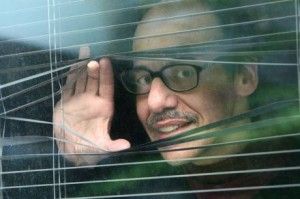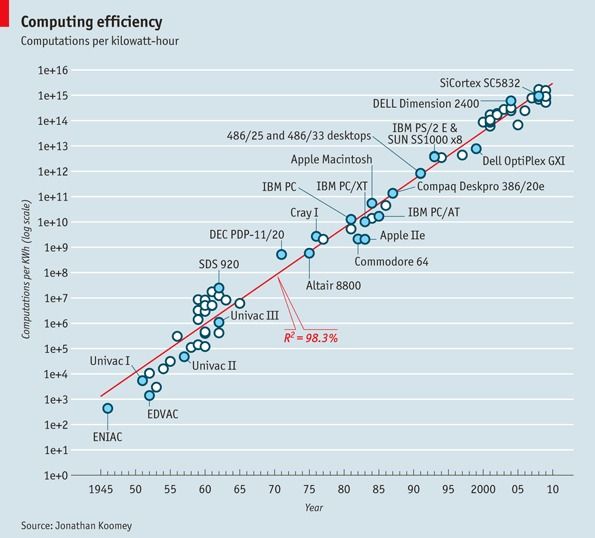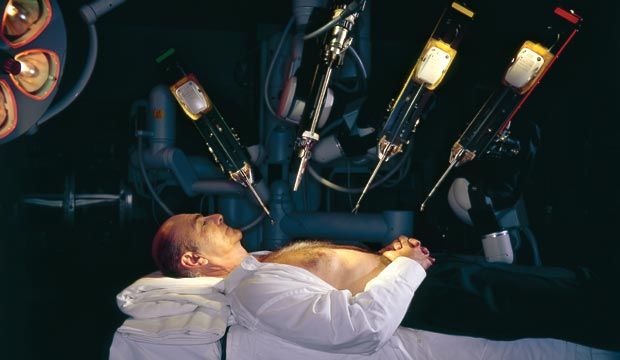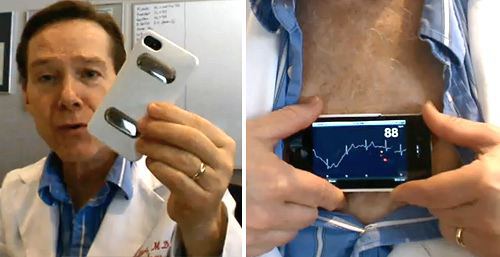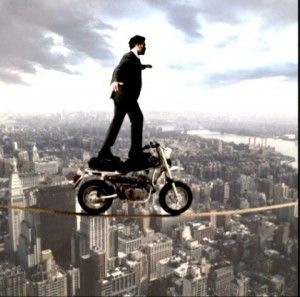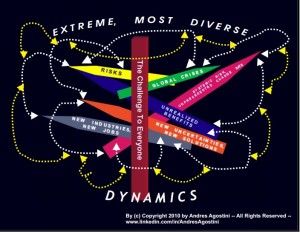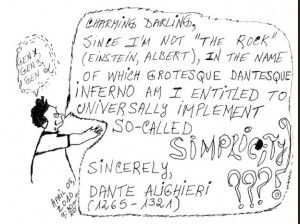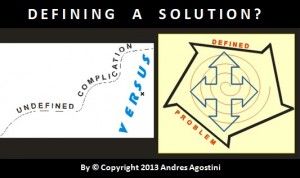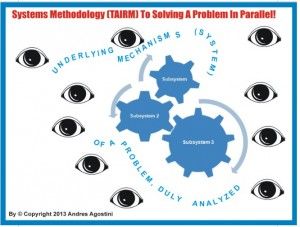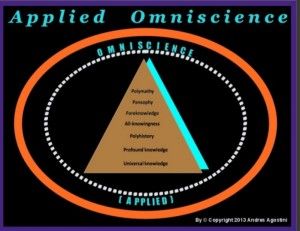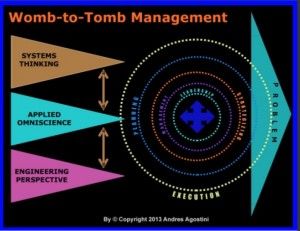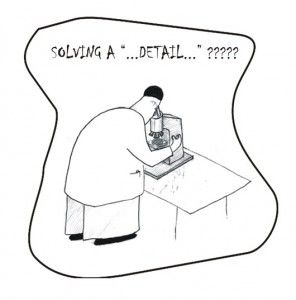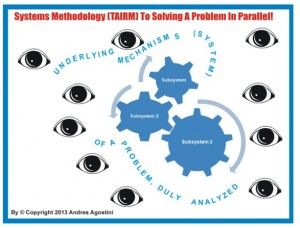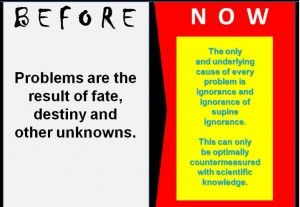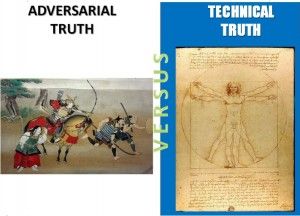To think about the existential prospects that lie ahead for Humanity 2.0, or Homo futura, imagine yourself in 1900 faced with two investment opportunities for the future of personal human transport: on the one hand, a specially bred – that is, genetically modified – horse; on the other, a mass-produced automobile. Which prospect would you pursue?
The horse has been long a reliable mode of transport, whose strengths and weaknesses are well known. A faster horse may require greater skill to handle and more feed that produces more manure. But your society is already equipped to deal with those consequences. In contrast, the automobile is a new technology, albeit one that has already shown that it can equal and even surpass the horse in terms of speed and durability under a variety of conditions. However, the automobile brings its own distinctive cost-benefit calculus, as its future improvement would very likely involve both greater enclosure of the traveller and greater pollution of the environment. In the long term, the traveller’s relationship to nature would probably need to change quite drastically for the automobile to become dominant.
It is too bad that the state of genetic knowledge was not sufficiently advanced in 1900 to turn this into a real choice. Instead the horse easily appeared a less attractive long-term bet, as it was generally presumed that the upper limits of the creature’s performance had been already reached. In that case, the indefinite continuation of horse-drawn personal transport could only be defended by those who had a principled objection to mechanical transport, a position perhaps grounded in a nostalgic view of humanity’s oneness with nature. But even these people could not deny the proven effectiveness of ships and trains as machines of mass conveyance. In short, the horse was doomed. The market for personal transport underwent what Joseph Schumpeter called ‘creative destruction’. Henry Ford effectively made it worthwhile for consumers to reorganize their value priorities in a way that quickly resulted in the automobile, rather than the horse, setting the standard of personal transport.
The twenty-first century may offer us a choice rather like that of our hypothetical 1900 decision between horse and car. But now the choice would be between two different ways of continuing the human condition – alternative vehicles, as it were, to convey our existence. One involves genetically modifying ourselves and the other involves transcending the bodies of our birth altogether. These two options represent the two rather opposing directions in which contemporary transhumanism is heading.
In most general terms, ‘transhumanism’ says that the indefinite projection of our most distinctly human qualities is worth pursuing as a value in its own right – even if that means radically altering our material nature. This definition of transhumanism captures by implication all of those who might be against such a movement, not least those – typically ‘Greens’ – who believe that humanity’s current global crises stem from our attempts to minimize if not deny our commonality with the rest of nature.
The word ‘transhumanism’ was coined by Julian Huxley, a founder of the dominant research paradigm in biology today, which integrates Darwin’s account of natural history with the experimental principles of modern lab-based genetics. Huxley, following the lead of his grandfather, Thomas Henry Huxley, believed that Darwin fundamentally challenged anyone who wanted to uphold the superiority of Homo sapiens as a species. After all, the workings of natural selection suggest that all forms of life are limited by their largely innate capacities to adapt to a changing environment. In the end, any given species – including humans — should expect extinction, not immortality. From that standpoint, all the promises made by Christianity and Islam of an eternal ‘afterlife’ looked empty. Nevertheless, the Huxleys believed that there was something fundamentally correct about these religious intuitions.
Thomas Henry Huxley opposed those who held that ethics could be straightforwardly inferred from evolutionary history. On the contrary, he argued, we humans are unique in our capacity to push back, and ideally reverse, natural selection. He had in mind modern developments in law and medicine that effectively institutionalise forms of life that take humanity far from its Darwinian default settings. Thus, our conception of justice is more complex than ‘an eye for an eye’ and our interest in health goes beyond simply enabling people to cope with whatever life throws in their way. In this respect, modern society has been built to promote a progressive world-view, in which death becomes the ultimate enemy — not the ultimate resolution — of life.
Julian Huxley, equipped with a better scientific understanding, went one step further to argue that Homo sapiens is the only species equipped to comprehend the entire evolutionary process, in which case we incur a unique moral obligation to administer and direct its future course. This is the context in which ‘transhumanism’ was coined.
But even accepting humanity’s sense of cosmic responsibility still leaves us with many questions about how to proceed. Julian Huxley was himself a eugenicist who helped several biologists working in Nazi Germany, including the great ethologist Konrad Lorenz, to avoid charges of ‘crimes against humanity’ at the Nuremberg Trials. Huxley was also the principal author of UNESCO’s 1950 ‘Statement on Race’, which argued that the idea of fixed racial distinctions lacks a firm foundation in biological science. Taken together, these interventions suggest a deep acceptance of humanity’s adaptability and plasticity, in which the future should not be seen as a simple repetition of the past. Huxley supported eugenics not to reinforce long-standing racial prejudice but, on the contrary, to experiment with humanity’s untapped potential to surpass its current levels of achievement.
Whatever one makes of Huxley’s own enthusiasm for eugenics, which remained up to his death in 1975, it is clear that his existential horizons were rather limited by the standards of today’s transhumanists. For Huxley, humanity’s room for manoeuvre, while considerable, was ultimately confined to our evolutionary heritage in carbon. He envisaged altering and otherwise enhancing our genetic capacities, but not uploading our minds into silicon chips that would allow us to be resurrected as freestanding avatars. In this respect, Huxley is like our hypothetical 1900 entrepreneur investing in the idea of a genetically modified horse as the future of personal transport.
This means that the Henry Fords of our transhuman future are those who see our carbon-based bodies simply platforms for the realization of a set of ‘functionalities’ that may be more powerfully and more efficiently realized in another medium altogether. The original Henry Ford reckoned that while people may find it nice to be one with nature, at the end of the day what really mattered was how to get where you want to go as quickly as possible. Similarly, today’s silicon-based transhumanists regard our genetically endowed bodies as simply means to ends that in the future may be performed more effectively by some other means.
To be sure, relatively few share Ray Kurzweil’s dream that by 2050 human consciousness will be successfully uploaded into a computer that enables us to conceptualise and experience the world as if we were still carbon-based creatures. Nevertheless, as the saying goes, people are already ‘voting with their feet’. The amount of quality time spent on the internet suggests that people are beginning to locate the meaning of their lives more in virtual than actual reality. Of course, that tendency by itself does not guarantee that we shall realize Kurzweil’s dream. But it does provide an incentive for investment into research that might eventually realize it. The power of faith to overcome material obstacles should never be underestimated, especially when the believers are armed with science.
The ease with which Homo sapiens has managed to remake itself and the physical environment over a few thousand years – in many cases, undoing the work of billions of years of evolution – has been a source of great fear, but also of great hope. That hope involves a vision of human history in which after emerging as a distinct branch of the tree of life, our biology serves as a platform for launching a range of technologies that extend our natural capacities and with which we eventually merge to constitute the executive control centre of an ever expanding portion of the universe.
This is a world that Darwin did not envisage because, like so many other 19th century biologists, he could not imagine that the basic elements of life were governed by mathematical principles, let alone a ‘genetic code’. Indeed, Darwin’s contemporary, the man who we now consider the father of modern genetics, Gregor Mendel, was largely ignored in his lifetime precisely because he claimed to have found such principles. However, the molecular revolution in genetics that began in earnest with the discovery of DNA’s function in 1953 has increasingly brought together the expertises of computer scientists and molecular geneticists in quite literal projects of ‘bioengineering’, whereby life is built according to a mathematically specified plan from basic materials.
Regardless of whether humanity continues to believe that its progress is ultimately circumscribed by its biology, transhumanism’s own progress in the general culture may be measured by the extent to which ‘nature’ is seen not as imposing a limit on the human will, but rather as raw material, untapped potential or even capital that we might leverage into new and improved states of being. To be sure, there is no reason to think that such beliefs are self-fulfilling but they do foster a climate in which people are willing to take more risks with themselves, other people and the world at large.
Further Reading
Church, G. and Regis, F. (2012). Regenesis: How Synthetic Biology Will Reinvent Nature and Ourselves. New York: Basic Books.
Fuller, S. (2011). Humanity 2.0: What It Means to Be Human Past, Present and Future. London: Palgrave Macmillan.
Fuller, S. (2013). Preparing for Life in Humanity 2.0. London: Palgrave Macmillan.
Fuller, S. and Lipinska, V. (2014). The Proactionary Imperative: A Foundation for Transhumanism. London: Palgrave Macmillan.
More, M. and Vita-More, N., eds. (2013). The Transhumanist Reader. London: Wiley-Blackwell.
